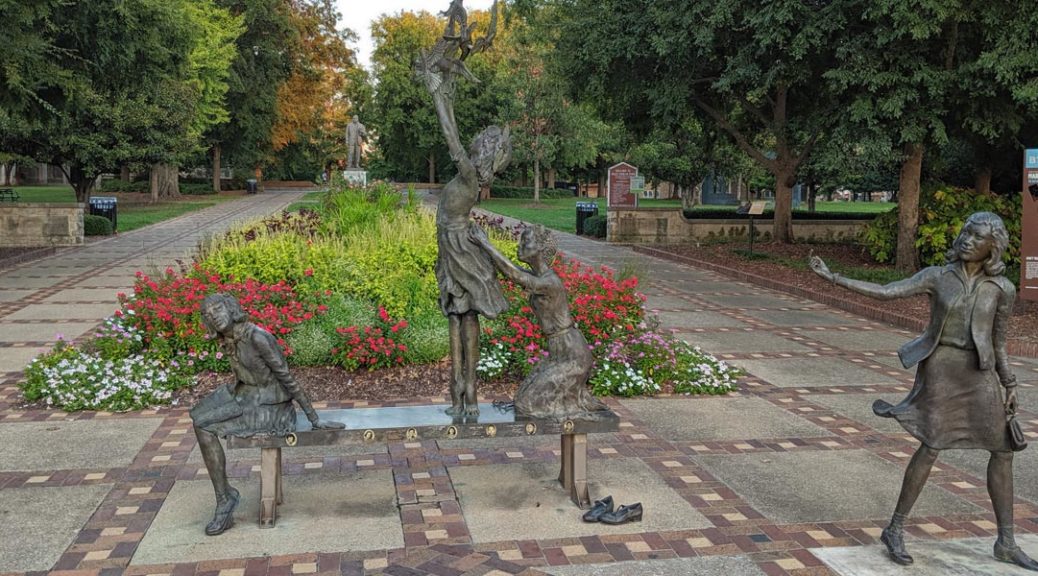Last year, I spent the better part of two weeks driving from Alabama, through Mississippi and Louisiana into Texas and then back again, with stops in Florida and Georgia.
On a stagnant September evening, I was asked if I wanted to go on a drive through downtown Birmingham. Since the car had air conditioning, and that I’d get to see more of Alabama’s largest city in the setting summer sun, I accepted. Little did I know, I’d be given a powerful lesson in history and emotional experience that is still applicable long after these tributes were erected.

For me, we learned about the civil rights movement in school. In Canada, we devoted a few days to cover this topic in social studies; I still remember in high school watching the 1996 film Ghosts of Mississippi and reading the 1960s novels To Kill a Mockingbird and In the Heat of the Night. Never would I have thought I’d find myself in Birmingham and here at a centre of the civil rights movement where so many Black Americans gathered as they struggled to gain recognition for their right to be treated equally as any white person.
Many demonstrations were held in Kelly Ingram Park, with marches to and from this treed plaza throughout the 1950s and 60s. Dr. Martin Luther King, Jr. and Reverend Fred Shuttlesworth would give speeches on the steps of the adjacent 16th Street Baptist Church prior to the start of these gatherings.

Crossing the 16th Street back into the park, we followed the winding paths between many installations meant to evoke the same obstacles black people encountered in the 20th and, still, into the 21st century.
Standing behind the memorial to the victims of the 16th Street Baptist Church is a statue of Dr. Martin Luther King Jr., standing so stoically, holding a book in his left hand, looking towards the house of worship. King was one of many voices calling for the end of segregation and recognition that all people are equal, regardless of the colour of their skin. King found himself at the wrong end of the law many times on his quest, determined to forge a trail towards a better country.

Atop another pedestal is a male protester falling back, with a dog and a police officer almost in a rigid, authoritative pose, demanding immediate submission. This is to honour the many foot soldiers who attended marches, placing themselves between others and the police, subjugating themselves to severe physical violence. Even though it’s a stationary piece of metal, it feels so real, echoing scenes that are broadcast today with video from protests in many cities throughout the United States and around the globe.

The monuments and signs in Kelly Ingram Park still show that we have a long way to go in treating each other with the respect, dignity, justice and freedom; we cannot deny someone these rights based on their race. For me, this was a learning opportunity, something for me to empathize with, and a better understanding the struggles the Black community continues to endure. We must be better, we must stand together, we must be loud, and we must be heard to make changes wherever systemic racism exists. The messages and imagery of Kelly Ingram Park are as relevant as ever, now and into the future. Black lives matter.
Did you find a typographical or factual error in this article? Please let us know!
